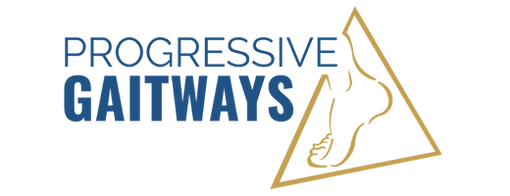Yes, we provide you with links to pre-readings that will help familiarize you with the terminology used and concepts covered, particularly pertaining to muscle physiology and pathophysiology. The content presentations are based on this terminology and these concepts, so doing the pre-reading will improve your grasp of the sometimes-complex content.
There’s no prior experience required. If you’re a student planning to work with children, you should take this course as an undergrad, so that you'll be ahead of the learning curve when you begin your practice. If you’re a practicing pediatric therapist, bring an open mind to what may be a totally new framework for your practice.
If you practice outside the pediatric community, you'll discover a lot of common ground between pediatric and adult orthopedics, and gain a better understanding of what makes children different from adults.
You may also discover that adult clients' problems stem from their childhood development. After all, the body adapts to its history of use, and everybody tells a story.







